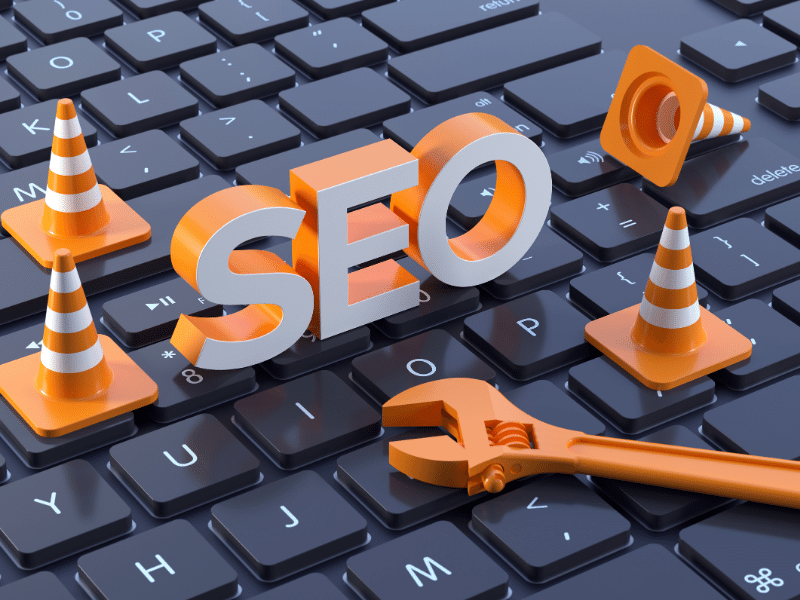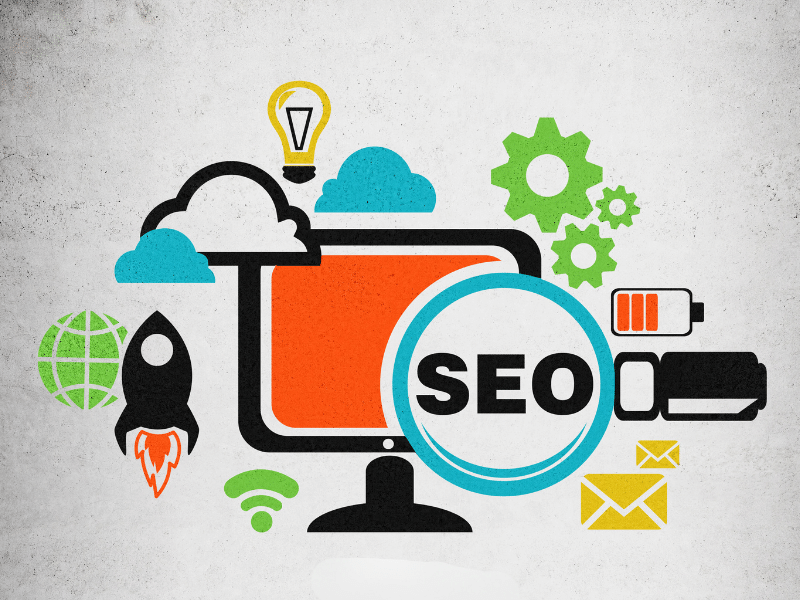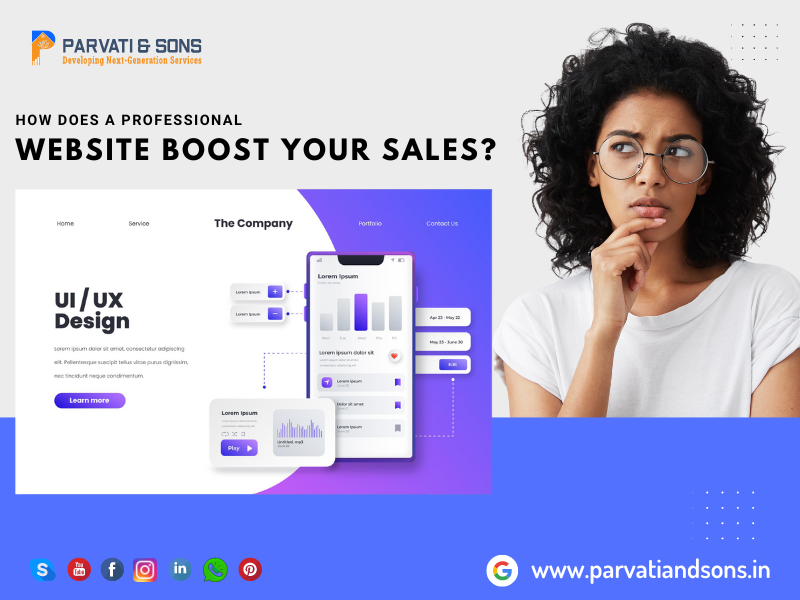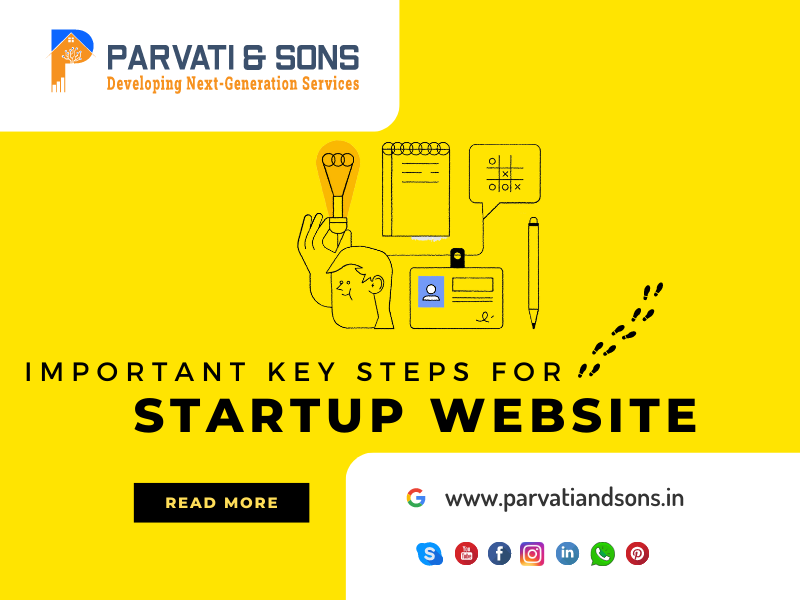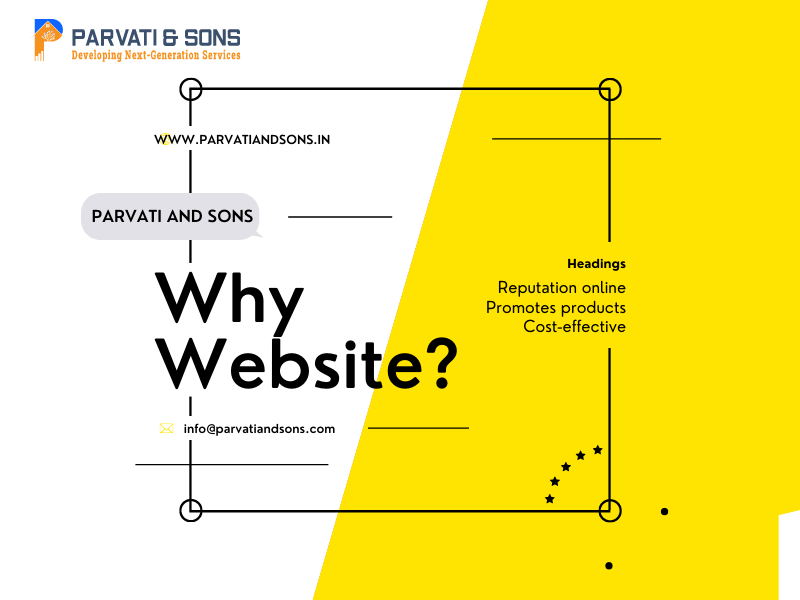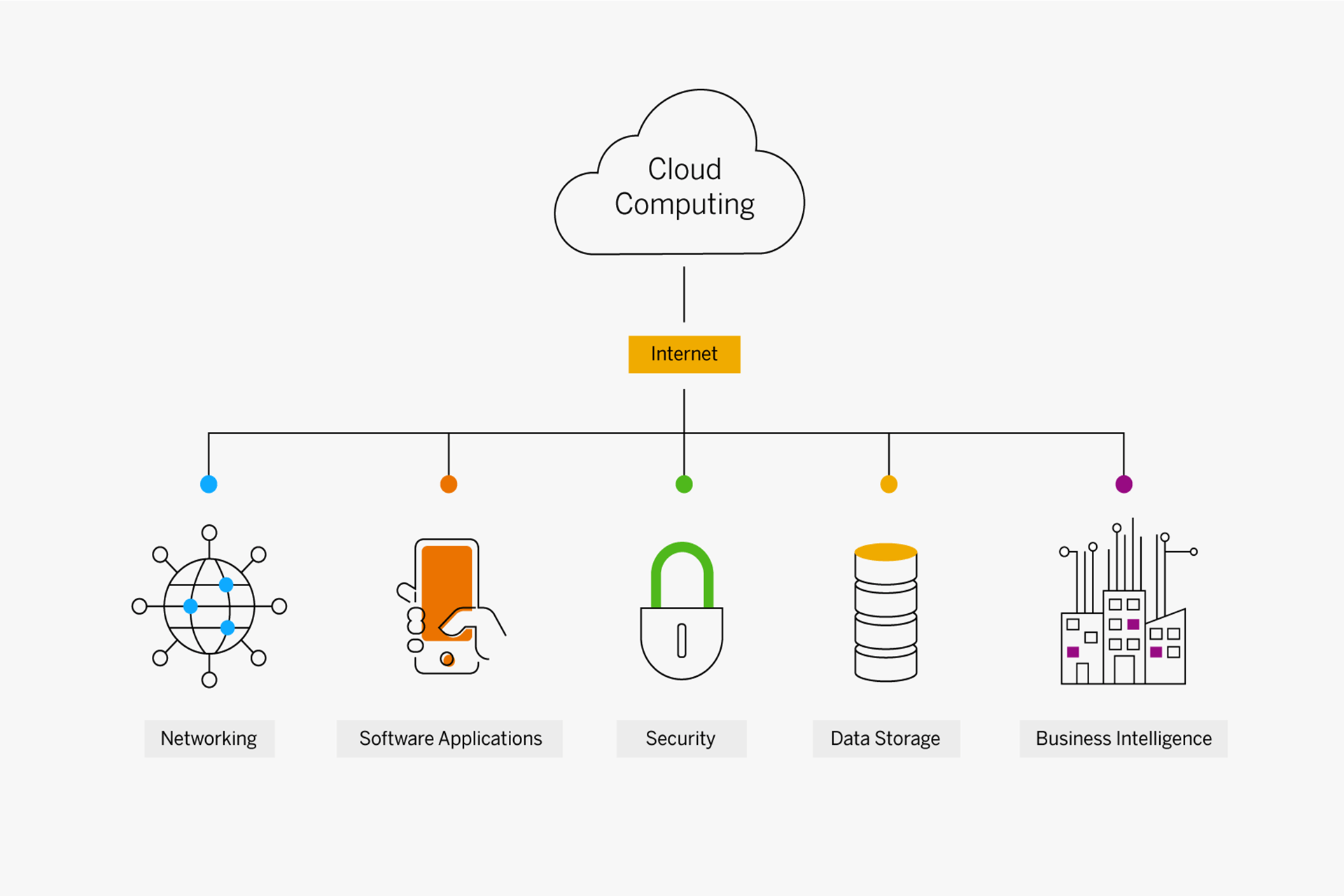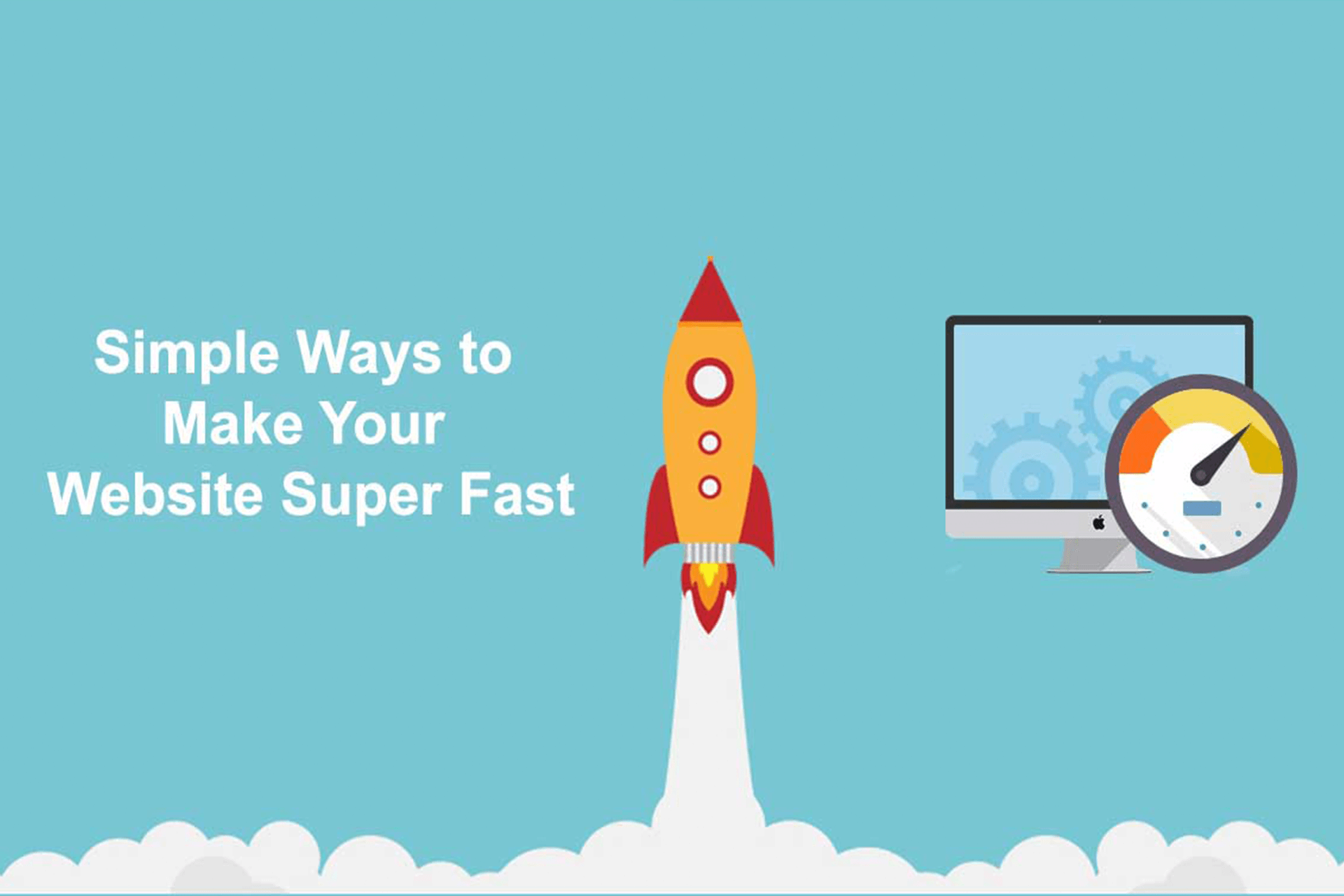
10 secrets of navigating your Cart all over to the Conversions
Jan. 4, 2024
E-commerce Today
With every business’s definite purpose comes the initiate to summon through the challenges and foster financial growth. And with truth being said regarding the introduction of technology, the tactics that were used in the traditional market are no longer used in the prevailing society. The E-commerce is absolutely burgeoning right now in the market.
E-Commerce after the Pandemic
The Global Market after the hit of the pandemic, has now swiftly moved towards the online marketplace. In 2024, 21.2% of total retail sales will happen online, and the statistics are supposed to surge since borderless e-commerce is becoming a very profitable option for online retailers. Not only the retailers, but 90% of consumers have also stated that their frequentness for online shopping has elevated post-pandemic.
How the stats are advancing in the graph?
In accordance with the data, the e-commerce market throughout the world has been expected to boost at a CAGR (compound annual growth rate) of 27.38%, in which the Indian e-commerce market contributed to the worldwide growth rate of 8.7% in 2023. As per the statistics, the E-commerce Market in India was estimated at USD 92.95 billion in 2023, and is presumed to reach USD 246.10 billion by 2028, growing at a CAGR of 21.50% during the forecast period of 2023-2028. These figures have even shown a way greater impact in the U.S., in 2024 the e-commerce sales are expected to show an increment of 39%, which will ascend from $374.3 billion to $476.5 billion.
But if you are also wondering how to get these figures served to your brand, you are not the only one in the queue. To get the harvest of e-commerce, you need to primarily unpretzel the entire platform of e-commerce websites.
What E-Commerce is?
Starting over with the definition of e-commerce, E-commerce websites are basically the online platform where the virtual windows are created for both buyers and sellers to sell and consume the products. These specialized forms of websites put forward great range of benefits that the time-strapped people of these days eagerly anticipate to look into. Its main intention is to target general consumers and niche markets. The customer engagement created through these is seen to imply better business outcomes.
How does E-Commerce generate sales?
These are very instrumental in generating sales through the multifaceted strategies. By providing a convenient and accessible platform for consumers, these sites facilitate purchasing experiences 24/7, allowing customers to browse, compare, and buy products at their convenience.
But where does it comes from? What is between the E-Commerce and the Sales? What stands at the forefront of generating revenue through these websites?
The basic concept for it is the Cart to Conversion.
Introduction- Cart To Conversion
Cart to conversion or cart conversion is a very straightforward procedure where you are converting your browser or anyone who looked at your product, into a real buyer. It is a journey of taking your buyer from your product page to the landing page of checkout and order confirmation. This is not just a thing that depends upon just adding your product, but it is a complete strategy that you need to follow to boost or upsurge your cart conversion rates.
How is the Cart Conversion Rate Calculated?
Cart Conversion rates are basically the percentage of online shoppers who complete a purchase after adding items to their shopping cart.
These rates are calculated by dividing the number of purchases by the number of people who added items to their carts, then multiplying the result by 100 to get the percentage.
Average Conversion Rate for E-Commerce sites
The average conversion rate for e-commerce sites can vary significantly based on industry, product type, traffic sources, and the quality of the website itself. However, as a ballpark figure, the average conversion rate typically falls between 2% to 5%. Some industries with highly optimized websites and targeted traffic can achieve higher conversion rates, potentially reaching 10% or more.
These conversion rates are not ideal for any business, but to reach a certain amount of percent with the increasing competition is getting challenging with time.
But with the solutions, strategies, and the study regarding this odyssey by Parvati And Sons; oaths to boost your almost 50% of Cart Conversion Rates from the initial.
But then, before talking about increasing these figures, it is very necessary to understand and comprehend what led these figures to drop.
And the right name for these drops is the Cart Abandonment. It is the main root cause of lowering this ratio. It depicts the barrier that occurs when a visitor adds the products to their online shopping cart but leaves the website without completing the purchase or when the initiated transactions are not finalized.
But what are the reasons that lead to these drops?
Cart Abandonment Reasons
- Complicated or lengthy forms
- Limited payment options
- Slow website loading times
- Necessity of creating an account
- Long complicated checkout process
- Not providing a better return policy
- Technical issues or errors
Primary Findings: Cart abandonment in e-commerce often highlights potential areas for improvement. Key takeaways include optimizing the checkout process, addressing unexpected costs, improving website performance, and implementing effective retargeting strategies to re-engage potential customers.
Understanding the reasons behind abandonment can guide companies in enhancing user experience and increasing conversion rates.
How to Improve Cart Conversion Rate?
After unpretzeling the broad ways to improve cart conversion, let’s get into the nitty-gritty of boosting these ratios.
Improving the cart conversion rate is smoothly a process that comprehends, breaks, and pulverizes through all the difficulties that the customers face, and aims to address the pain point.
And targeting the pain points not only improves the cart conversion rate but also builds a community of regular customers.
Now, let us delve into some areas of enhancement that ensure to boost your e-commerce sales and wheedle the customers to finalize the transactions.
10 Steps to Boost Cart Conversion With Us
- Work on Loading Time and fix Technical Hiccups
Imagine yourself as a customer who needs to buy something, but the website you went through has long waiting time, and again and again the screen shows that boring loading symbol, or simply the screen is all-over white again.
How would it feel?
You wouldn’t come back to the website again, instead, you would search for the same products on some other sites, breaking yourself from the chain of the e-commerce market.
But you need not worry, here are a few of the biggest ways to improve your page load times:
- Optimize Images: Compress and resize images without compromising quality.
- Minimize HTTP Requests: Reduce the number of elements loaded per page, such as scripts, images, and CSS.
- Enable Browser Caching: Store cached versions of static resources, speeding up page load for repeat visitors.
- Minify and Combine Files: Reduce the size of CSS, HTML, and JavaScript files.
- Use Content Delivery Networks (CDNs): Distribute site assets across multiple servers to reduce server load.
- Prioritize Above-the-Fold Content: Ensure content at the top of the page loads first.
- Reduce Server Response Time: Optimize your server’s performance and consider switching to faster hosting if necessary.
- Optimize for Mobile: Ensure your site is responsive and optimized for mobile devices.
- Limit Redirects: Each redirect can add to page load time, so minimize them.
- Review Plugins and Extensions: Deactivate or uninstall any unnecessary plugins that may be slowing down your site.
Skip the required registration
Skipping the registration part is considered a better option, as nearly a quarter of initiated transactions are skipped due to mandatory registrations.
Instead of asking your consumers to sign up, provide them with incentives for signing up, such as offering a 10% discount on creating an account, or simply buy one get one free when you sign up for the first time.
Allow Autofill
Customers who buy through a website demand a seamless experience when making a purchase. Autofill can significantly improve e-commerce cart conversion rates by streamlining the checkout process and reducing friction for users. By eliminating the need for manual entry of information such as addresses and payment details, autofill minimizes errors, enhances the overall user experience, and instills trust in the security of the transaction.
The convenience is particularly crucial for mobile users, making the process more accessible and efficient. The implementation of autofill features minimizes friction in the purchase journey, leading to fewer abandoned carts and a higher likelihood of completed transactions.
Simplify your Cart Page
With a clear and intuitive layout, concise product information, and a prominent checkout button, the simplified cart page reduces cognitive load and friction in the buying process.
Users can easily navigate, edit quantities, and remove items, enhancing flexibility and control. Transparent communication of pricing and fees builds trust, and a straightforward checkout process with minimal steps encourages users to proceed without abandonments.
Make your CTA visible and clear
Ensuring visibility and clarity of the Call-to-Action (CTA) in the e-commerce cart is instrumental in boosting conversion rates. A prominently displayed and clearly labeled checkout button immediately directs users to the next crucial step, eliminating any confusion and expediting the purchasing process.
Use Rewards
Offering discounts, loyalty points, or exclusive promotions at the cart stage motivates customers to finalize their transactions, creating a sense of value and urgency. By showcasing immediate benefits, rewards not only encourage initial conversions but also foster customer loyalty. Customers are more likely to proceed with their purchase when they see tangible gains, contributing to increased sales and repeat business.
In essence, the use of rewards serves as a powerful tool in influencing consumer behavior and positively impacting e-commerce cart conversion rates.
Include Reviews
Genuine customer reviews offer valuable insights into the product's quality, performance, and user satisfaction, helping undecided shoppers make informed decisions. The presence of positive reviews directly addresses concerns and builds trust, reducing apprehensions that might lead to cart abandonment.
Including this user-generated content in the cart stage provides reassurance, leading to increased confidence and, ultimately, a higher likelihood of conversion
Make it Mobile Friendly
A mobile-friendly cart provides a seamless and optimized experience, allowing users to effortlessly navigate, review, and complete their purchases on smaller screens. A responsive design ensures that the cart page loads quickly, buttons are easily tapable, and the overall layout remains intuitive, reducing any potential frustration or barriers to completing the transaction.
By accommodating the preferences and behaviors of mobile users, a mobile-friendly cart significantly enhances user experience, ultimately leading to higher conversion rates as customers are more likely to complete their purchases without encountering technical or usability issues on their mobile devices.
Offer Free Shipping
Offering free shipping is a potent strategy for improving e-commerce cart conversion rates as it addresses a key factor in purchasing decisions. The prospect of free shipping acts as a powerful incentive, reducing the perceived total cost for customers and minimizing any unexpected expenses at the checkout stage.
This transparent and appealing offer not only attracts potential buyers but also mitigates the common issue of cart abandonment that often arises from additional shipping fees.
Offer Multiple Payment Options
Offering a variety of payment methods, including credit cards, digital wallets, and alternative payment solutions, accommodates different user preferences and ensures a frictionless checkout experience.
Customers are more likely to proceed with their purchase when presented with familiar and preferred payment choices, reducing the likelihood of abandonment at the cart stage.
Conclusion
Cart Conversion is all about understanding the customer and addressing their pain points. Parvati and Sons acts as a Smart Stranger whenever they develop the e-commerce websites, so that the Cart to Conversion is an accomplished journey.
Ready to improve your e-commerce odyssey and generate the revenue that comes without physically earning the hardships, get yourself an e-commerce website with Parvati And Sons that boosts the cart to conversion rate.
Related Blogs
We offer blogs composed by our specialists to expand your comprehension and help you search for solutions related to our industry.



